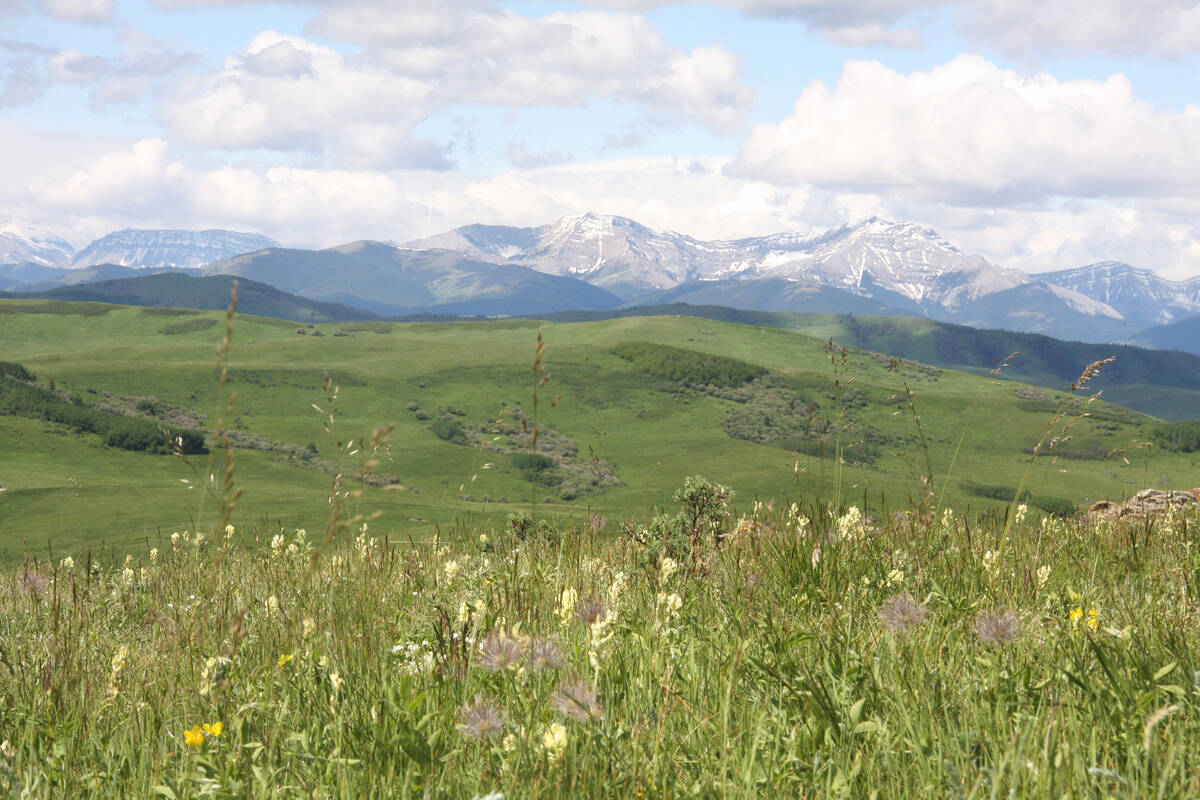CARMAN, Man. – With the help of some old genes, an ancient warm season crop could become the feed grain of the future for prairie farmers.
Bob Hamilton hopes by 2000, corn will be competitive with barley in the West.
Hamilton, a corn breeder with Agriculture Canada, has been working for a decade on a short, leafy, early-maturing line of corn. This year he is testing it in eight locations from Carman, Man. to Vauxhall, Alta.
In a field, he said, it looks more like wheat or barley than its lanky American cousin.
Read Also

Selenium not deal breaker in coal mining: expert
Environmental scientist weighs in on coal mining debates in Western Canada, explaining selenium and the technologies and practices to lower its concentrations in nearby waterways to coal mining operations
“When you stand out in it, it’s below your belt,” he said. “It’s a very sturdy, well-anchored little plant and quite often it has the prolific tendency to produce two small ears.”
A small group of growers in south-central Manitoba and around Medicine Hat, Alta. have grown grain corn for years. The two pockets have just enough warm weather in most years to allow corn to mature.
But Hamilton’s corn is a bit different. It requires only 2,100 heat units to mature, which he said is achievable on most parts of the Prairies. That means it can be planted up until mid-June.
Because it is short, it has more grain per total dry matter than wheat and other cereals.
The plants have eight to 10 leaves above the ear, which harness sunlight through photosynthesis.
Hamilton said unlike most corn, the new lines are based on the “Lethbridge gene pool,” material from the research centre in that city, and grow well despite cool summer night temperatures.
Since the late 1970s, the Lethbridge corn has included a short-stature or dwarf gene. And 10 years ago, Hamilton started adding the leafy gene.
Hamilton said he’s excited by the plant’s possibilities, but he stressed it still has to jump some hurdles.
For instance, if corn is to compete with barley, farmers must be able to use the same seeding and harvesting equipment for both crops. It also has to have a higher relative yield than barley.
Plant scientists across the country are also looking at the plant from root to leaf tip. Results from plot tests in the fall will add to the body of research.














